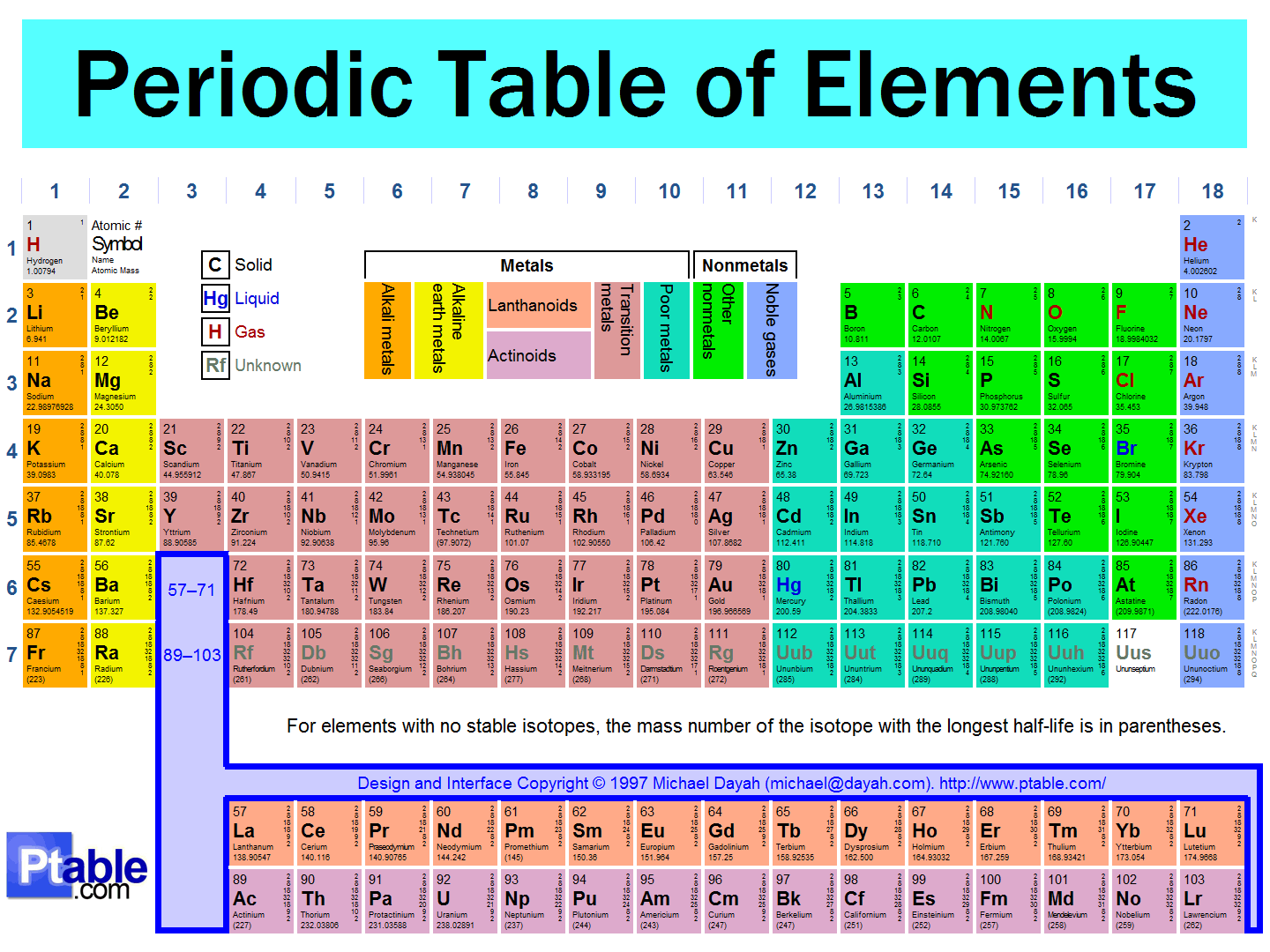
Methods
Sometimes referred to as the Standard Model of condensed matter physics, density functional theory is my method of choice for investigating the structural, electronic, optical, or magnetic properties of materials. Given only the identity and a rough idea of the arrangement of the atoms in a solid, DFT can usually predict the structure of a material to within 1% of the experimentally observed values. The emergent properties of the material (e.g. gaps in the optical or other excitation spectra, electronic or magnetic transitions) can sometimes be captured with reasonable accuracy but often require modifications to the simple models of electron-electron interactions or the use of additional methods that take DFT as a starting point. Simulation of the sorts of things that experiment can measure often requires addition modeling.
Some problems can be best solved by choosing a feature (for example, the vibrations in the crystal lattice, the magnetic behavior of a ferromagnet, or the subset of the electronic states), choosing or creating an appropriate simplified model, and performing more complicated calculations to get a “numerically exact” answer that, if we do our job right, can be directly related back to the real material. Such calculations often involve Monte Carlo techniques (for otherwise impossible integrations) and/or simulations (to measure thermodynamic averages over many time steps). While many physicists enjoy studying these models for their own sake, using material-specific “first-principles” (i.e. without parameters or assumptions) calculations to inform more accurate model-driven approaches allows us to tackle a broad range of problems with both fundamental and technological applications. There is work for students who enjoy programming, who like playing with equations, or who simply want to better understand nature.